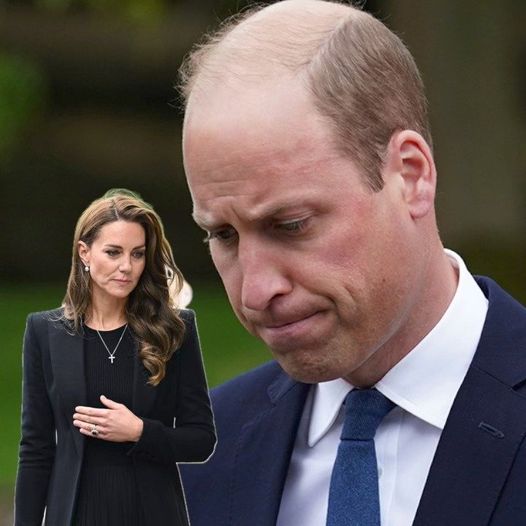‘Incredibly painful,’ says Ellen DeGeneres. ‘I had no idea that was a symptom.’

With Ellen DeGeneres’ chat show ending after 19 seasons, many fans have reflected on her career’s highs and lows. In a more recent case, the 64-year-old claimed “excruciating” back pain after contracting COVID-19 at the height of the pandemic.
DeGeneres decided to step away from the spotlight amid charges that her show was a toxic workplace, instead seeking to spend more time fulfilling her passion for animal conservation, having recently completed The Ellen DeGeneres Campus of the Dian Fossey Gorilla Fund in Rwanda.
However, the actress was recently diagnosed with Covid and gave an update on social media, where she also expressed her surprise at having back pain as a symptom.

The host declared that she was following “proper precautions” at the time she caught the virus in December 2020 after verifying that she did.
A week later, DeGeneres released a health update in which she declared that she was “100%” before going on to explain something about the condition that medical professionals “don’t tell you.”
Every weeknight at 11:35 p.m. EST, “Jimmy Kimmel Live!” features a wide range of celebrities, athletes, musical performers, comedians, human interest concerns, humorous bits, and a house band.

On Tuesday, April 20, guests were Ellen DeGeneres, Billie Joe Armstrong and musical guests Jimmie Allen & Brad Paisley.
“I feel fantastic,” she said. “What they don’t tell you is that you will have severe back pain. I had no notion that was a symptom until I spoke with a few other people.”
“Who would have thought?” “How so?” DeGeneres wondered. “I’m having back pain.”

Having contracted Covid in the year it first surfaced, there was less research into symptoms than in recent years.
The Centers for Disease Control (CDC) did not formally include back pain as a Covid symptom at the start of the pandemic. Interestingly, one of them was “muscle or bodily aches.”
Other early warning signs of Covid included fever or chills, cough, shortness of breath, tiredness, headache, the new loss of taste or smell, sore throat, congestion or runny nose, nausea or vomiting, and diarrhea.
In contrast, the NHS explains why so many people suffer from back pain and other joint and muscle diseases.
According to the NHS website, “many patients will have had some aches and pains before becoming unwell with Covid.” “Illness may have resurfaced or worsened these difficulties.” This is because regular movement benefits our joints and muscles.
“People who are unwell with COVID are less active than usual. Aches and aches, stiffness, and muscle weakness are possible outcomes.”
If your muscles are weak, you may have trouble standing, climbing stairs, gripping objects in your hands, or lifting your arms above your head. As Covid expanded worldwide, back soreness and shoulder pain were often reported symptoms.
Another aspect that contributed to the emergence of back pain during this period was the rise in work-from-home opportunities. Even when people were not compelled to work from home, restrictions on socializing and going outside meant that people were less mobile and spent more time sitting down.
According to a 388-person study in Malta, 30% of people experienced chronic back pain previous to Covid, compared to 49% who had back pain following Covid’s debut, with the majority of the latter saying that they had never had back pain before the epidemic.
It’s critical to understand that just because you have back pain doesn’t mean you have Covid. Various factors can cause backache, and if it is accompanied by nasal congestion, sneezing, coughing, or fever, muscle discomfort may be indicative of other illnesses, such as flu, which may be more prevalent in the UK during the winter months.
Similarly, pneumonia patients may have back pain due to thoracic inflammation and infection. Back discomfort may also result in the following symptoms:
Shooting, scorching, or stabbing sensation
Pain radiating down your leg
Pins and Needles
A lack of ability to relax
A constant dull ache.

